Some builds chase performance. Others chase headlines. John Dodd’s “The Beast” did both—just in its own outrageous way. Powered by a 27-liter Rolls-Royce Merlin V12 and stretching nearly 20 feet in length, The Beast wasn’t built to blend in. It was designed to challenge the boundaries of what could be registered and driven on public roads.
From court battles with Rolls-Royce to high-speed runs across Europe, The Beast earned its reputation as one of the wildest road-legal cars ever created. This article breaks down 10 facts that explain why it’s still talked about decades later.
Registered for the Road in the UK
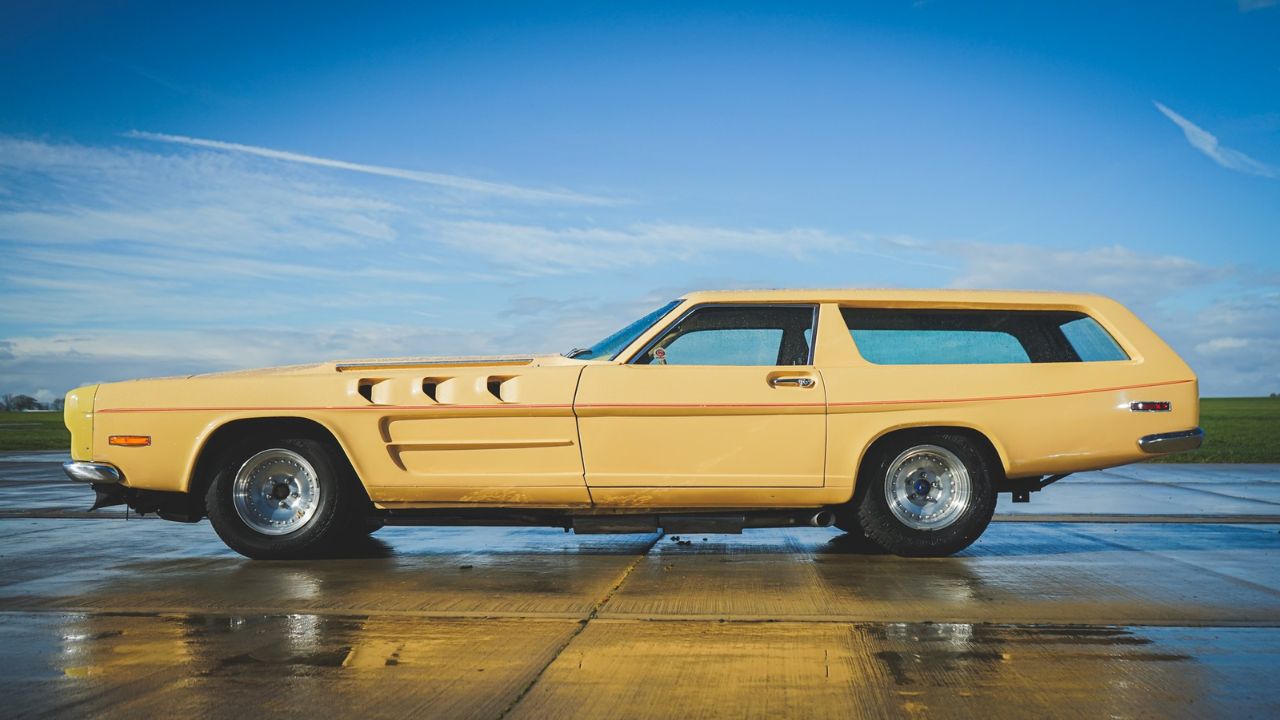
Yes, The Beast was fully road-legal in the UK. Despite its aircraft engine and absurd dimensions, John Dodd managed to register it for the street. It was issued a legitimate license plate and driven across Europe, often attracting attention from confused drivers and occasionally, the authorities.
The UK registration documents listed it as a “John Dodd Special,” with some paperwork later referring to it as a Rolls-Royce—a move that would land Dodd in hot water with the famous marque. Still, for a car with this kind of powertrain, the fact that it ever passed inspection is remarkable.
Powered by a Rolls-Royce Merlin V12
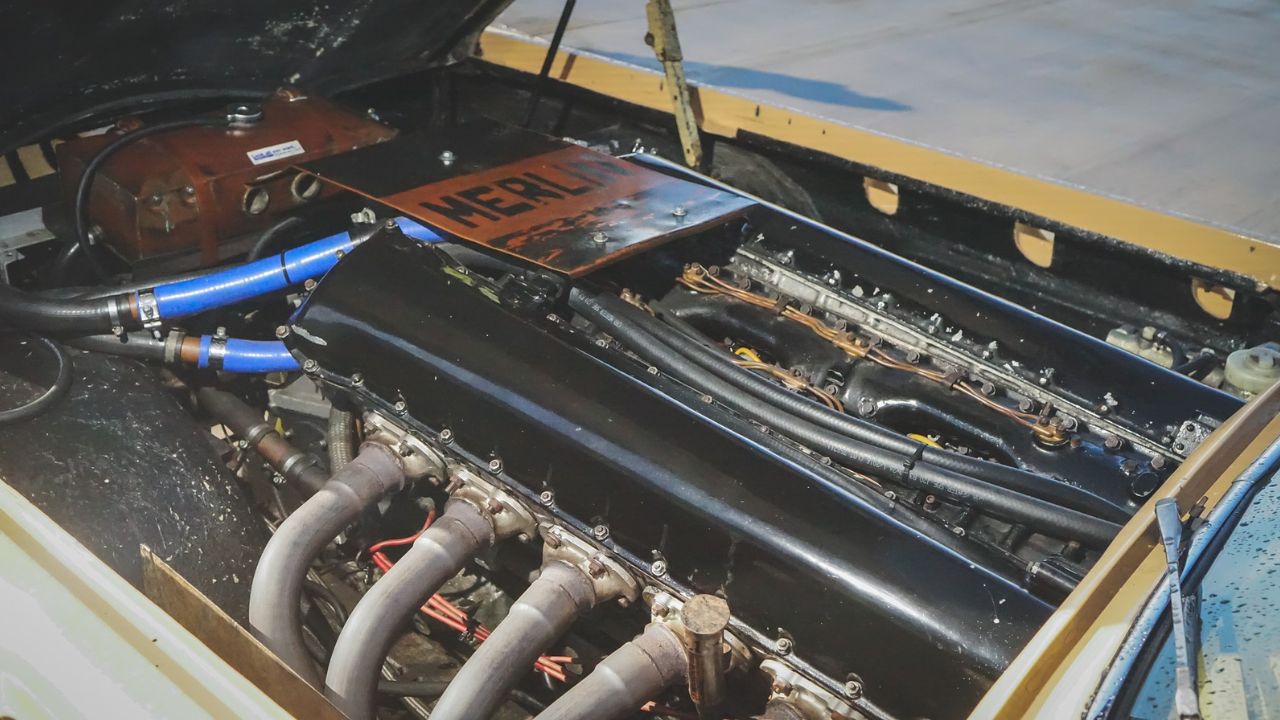
At the heart of The Beast is one of the most outrageous engine swaps ever conceived: a Rolls-Royce Merlin V12. This 27-liter aircraft engine was originally built for WWII fighter planes like the Spitfire and P-51 Mustang. In Dodd’s hands, it became the ultimate overkill for a road car.
The Merlin V12 produced over 700 horsepower in its detuned state—plenty to overwhelm anything with four wheels. While not built for corner carving, The Beast was capable of outrageous straight-line speed and generated the kind of sound you’d expect from something meant to fly, not drive.
Originally Built Around a Chassis Dyno
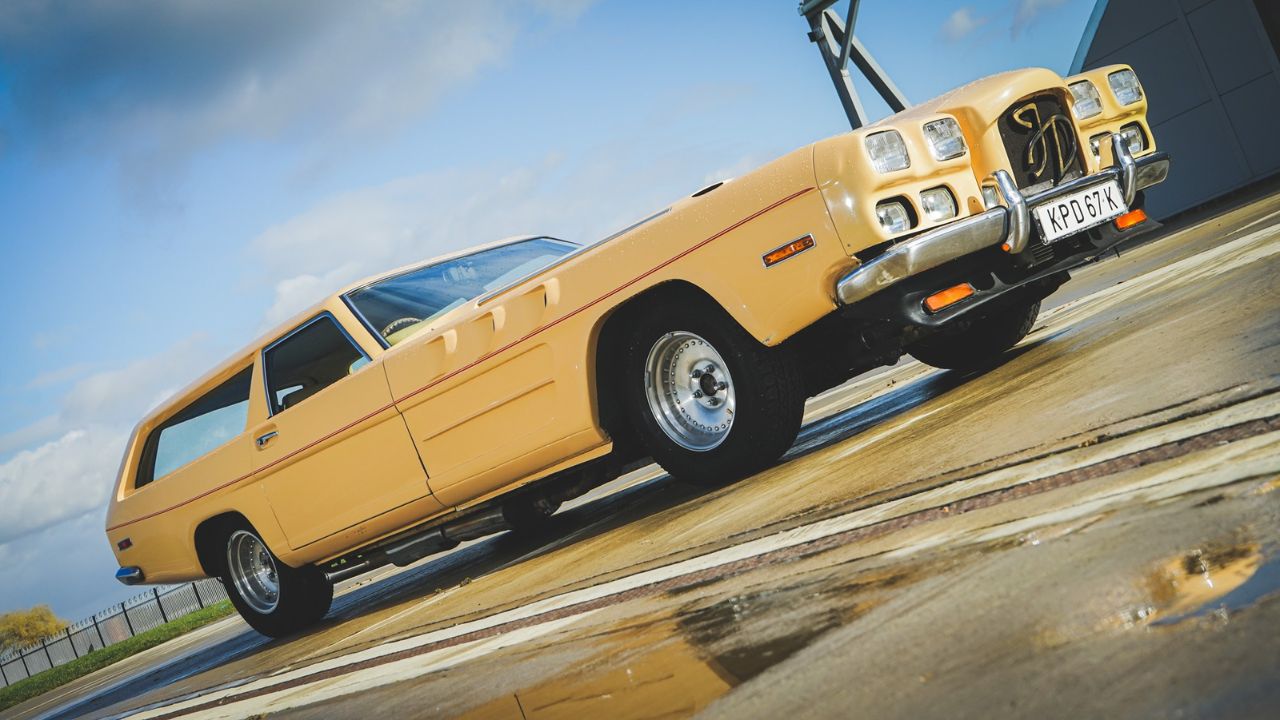
Before it became a road car, The Beast was a rolling experiment. John Dodd purchased it as a custom-built chassis meant to house an engine dyno. When the original bodywork was damaged in a fire, he took the opportunity to rebuild it into something far more outrageous.
The new design featured a fiberglass shooting brake-style body, stretched over a massive wheelbase to contain the Merlin V12. Dodd wasn’t just creating a car—he was making a mobile engineering statement, one that turned a power-testing platform into something legally drivable.
Took on Rolls-Royce—and Lost
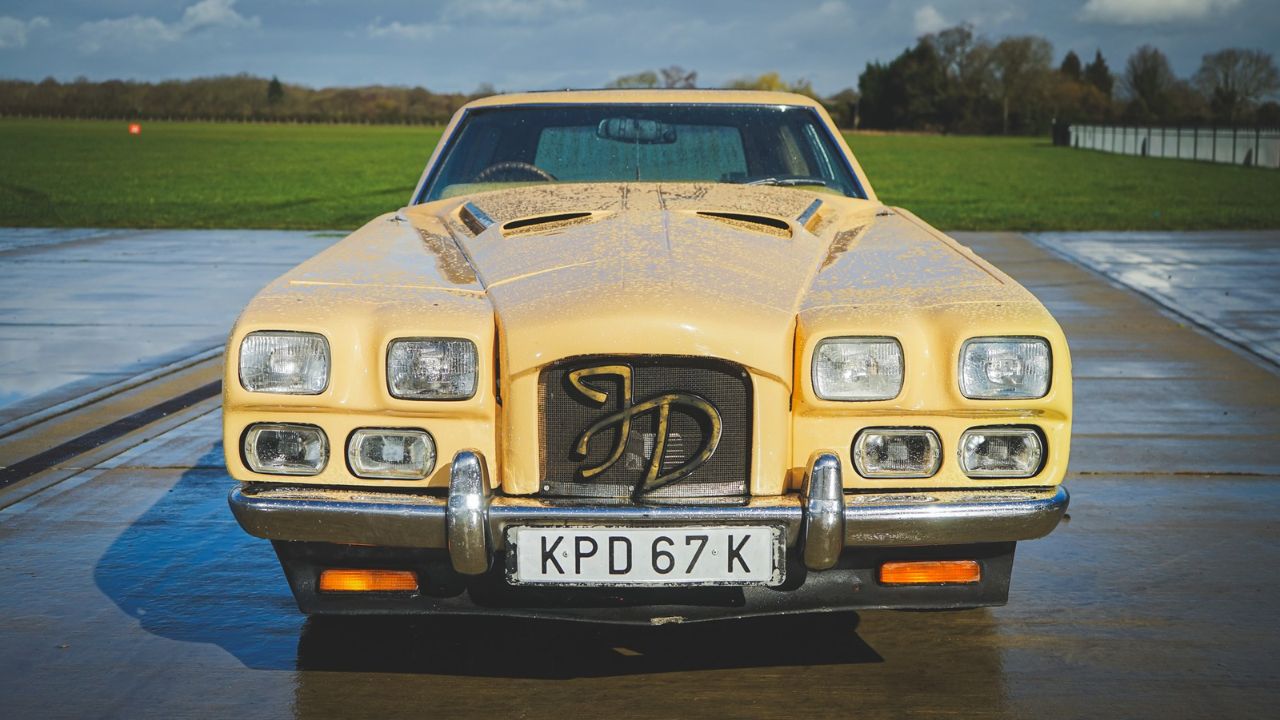
Dodd originally fitted the car with a Rolls-Royce grille and badging, claiming it reflected the engine’s origins. Rolls-Royce, unsurprisingly, wasn’t amused. They took him to court for trademark infringement, and Dodd lost the case in 1987.
Rather than remove the logos quietly, he doubled down—arriving at court in The Beast itself. After the ruling, he replaced the grille with a custom unit and stripped all Rolls-Royce branding. The stunt gained him plenty of publicity and added to the car’s mythos as a machine that didn’t play by anyone’s rules.
Estimated Top Speed Was Over 200 MPH
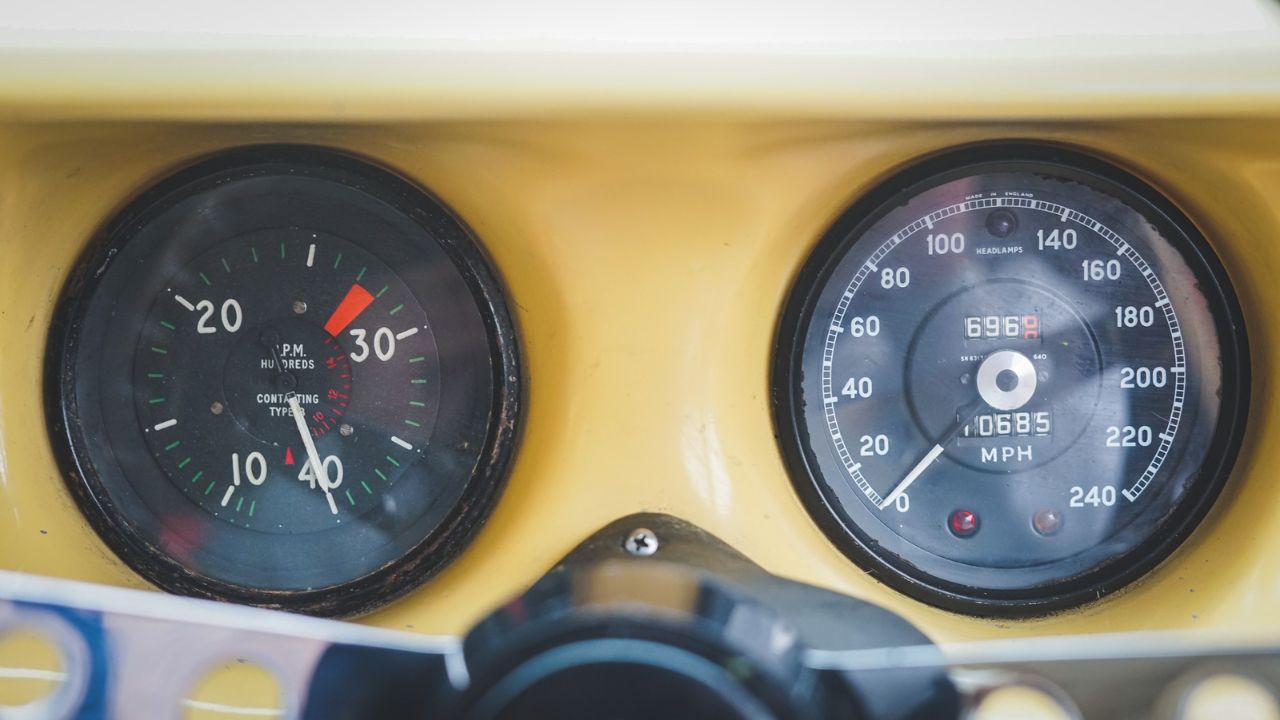
While there’s no officially recorded top speed for The Beast, estimates based on gear ratios and dyno figures suggest it was capable of exceeding 200 mph. For a car this massive—and with 1970s suspension and braking—that number was more theoretical than practical.
Still, it reportedly reached 183 mph during a high-speed run in Belgium, and Dodd claimed it had more to give. Considering the aerodynamic drag and weight, anything above 150 mph is impressive. Above 200? That’s in land-speed-record territory for a car wearing license plates.
Interior Built Like a Luxury Liner
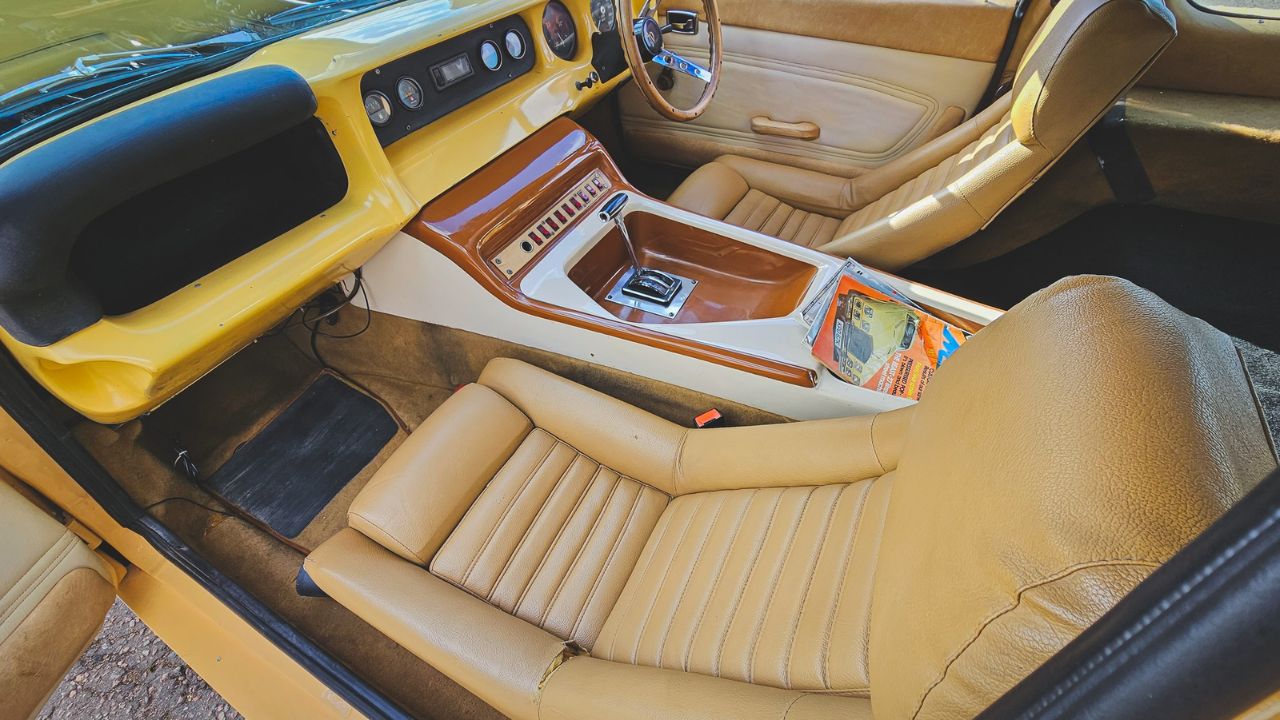
Inside The Beast was a mix of luxury car and home workshop. The cabin featured wood paneling, leather trim, and aircraft-style gauges. Switches and levers were custom-rigged to operate systems adapted from the Merlin engine and drivetrain.
The seating was designed for comfort, not track work. It was more like lounging in a vintage yacht than driving a performance car. Even the gear selector looked homemade. Nothing was off the shelf—everything was built or modified to fit the absurd scale and function of the car.
A Transmission Built to Handle Madness
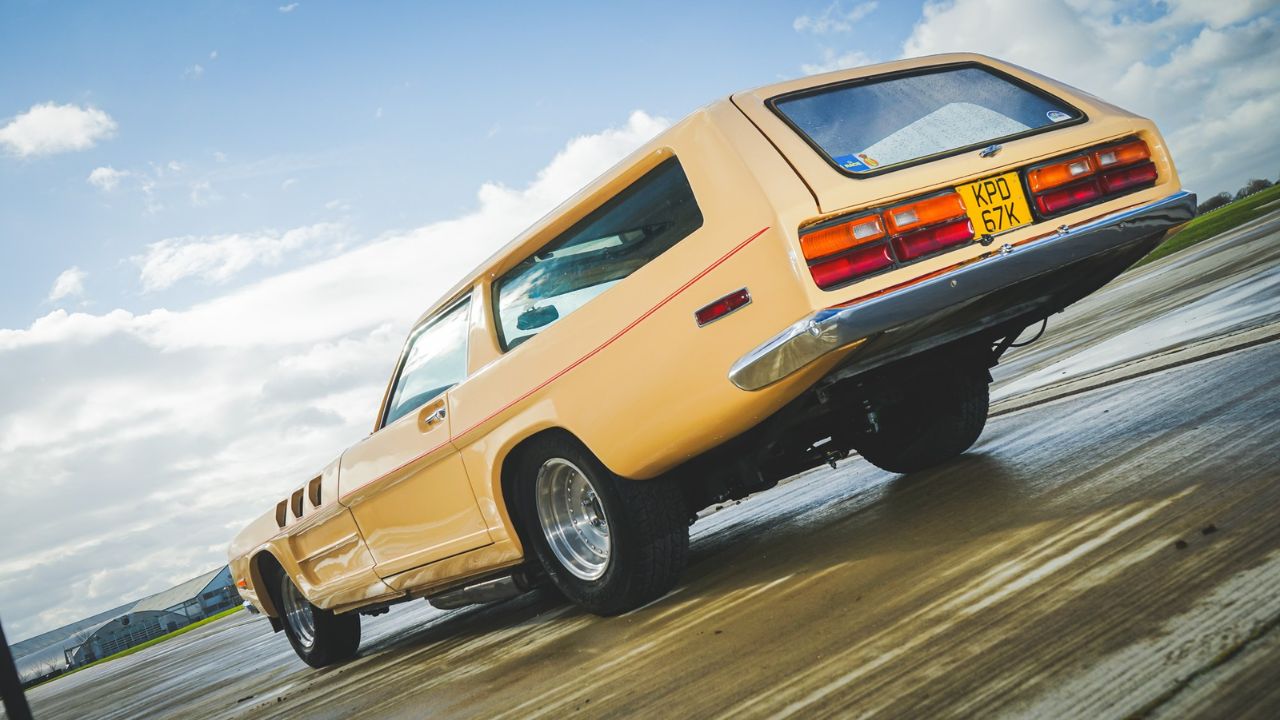
To handle the sheer torque from a Merlin V12, Dodd fitted The Beast with a specially modified GM Turbo 400 automatic transmission. It was one of the few gearboxes strong enough to take the punishment—though even then, it had to be reinforced extensively.
Early versions reportedly shredded parts under load. Over time, Dodd tuned the drivetrain to better balance throttle response and mechanical durability. The final setup wasn’t exactly smooth, but it could handle the monster torque curve without vaporizing itself on the highway.
Multiple Rebuilds Over the Years
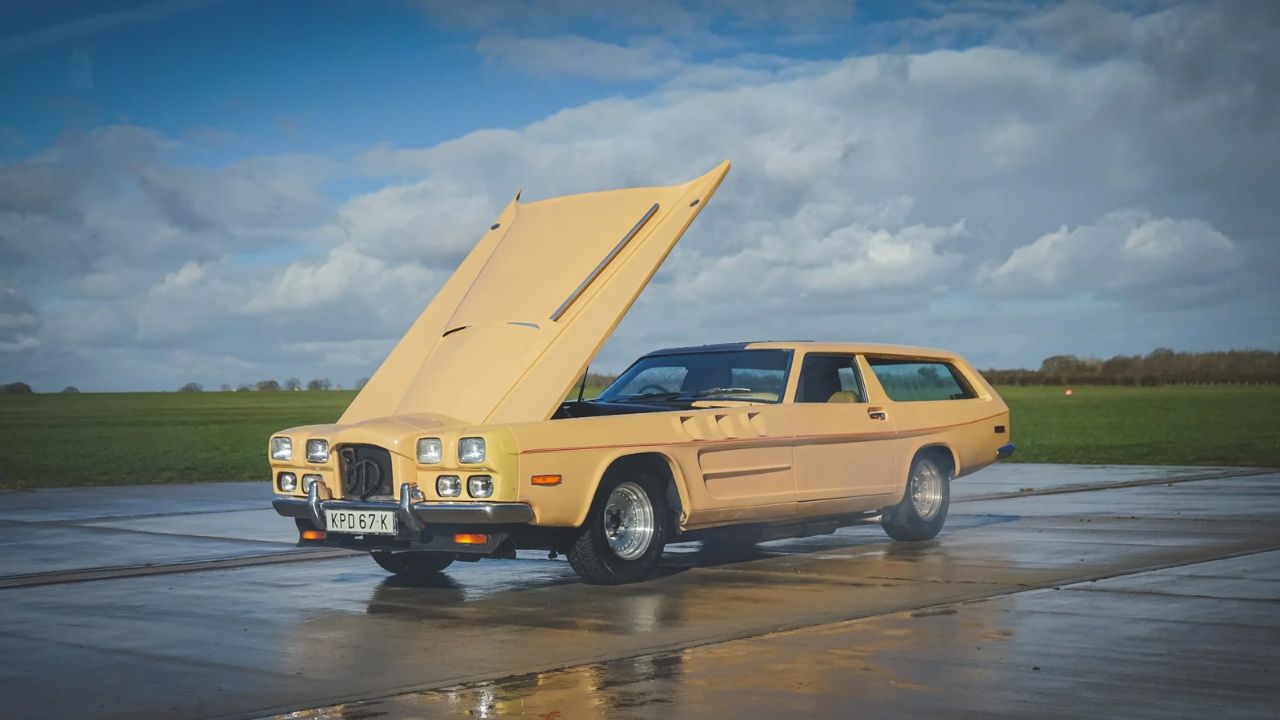
The Beast wasn’t static. After the original version was damaged in a fire and rebuilt in the 1970s, Dodd continued refining it over the decades. The body evolved from crude fiberglass to something more refined—though it never lost its exaggerated proportions.
Various parts were upgraded, replaced, or re-engineered depending on availability. Since nearly everything was one-off or heavily modified, The Beast was always a work in progress. It wasn’t a collector car that sat under a cover—it was driven, tinkered with, and unapologetically maintained on Dodd’s own terms.
Lived Abroad for Decades
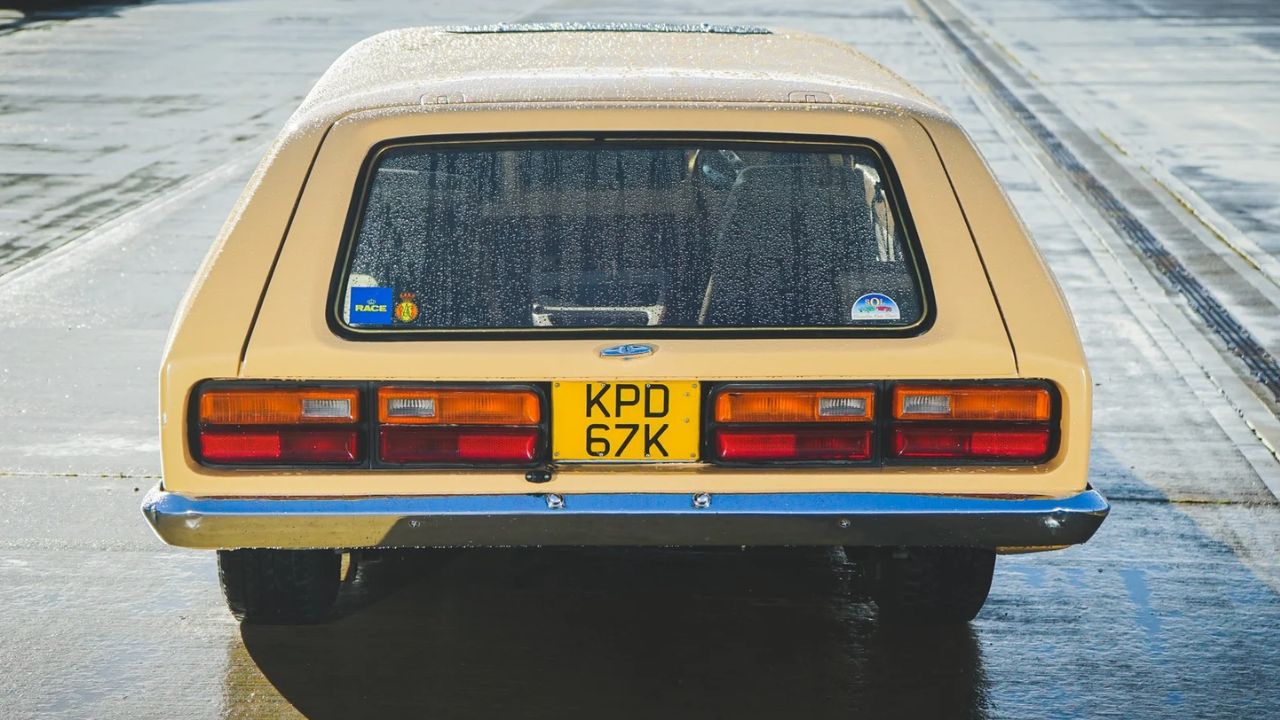
After the court battle with Rolls-Royce, Dodd moved The Beast to Spain, where it spent much of its later life. He continued driving it occasionally, showing it off at local car events and occasionally letting journalists behind the wheel—always with a warning.
The car gained cult status among gearheads, especially in the UK, where it had once been a tabloid curiosity. In Spain, it flew more under the radar. Still, its legend grew over the years, helped by grainy videos, rare photos, and increasingly wild firsthand stories.
Sold at Auction in 2023
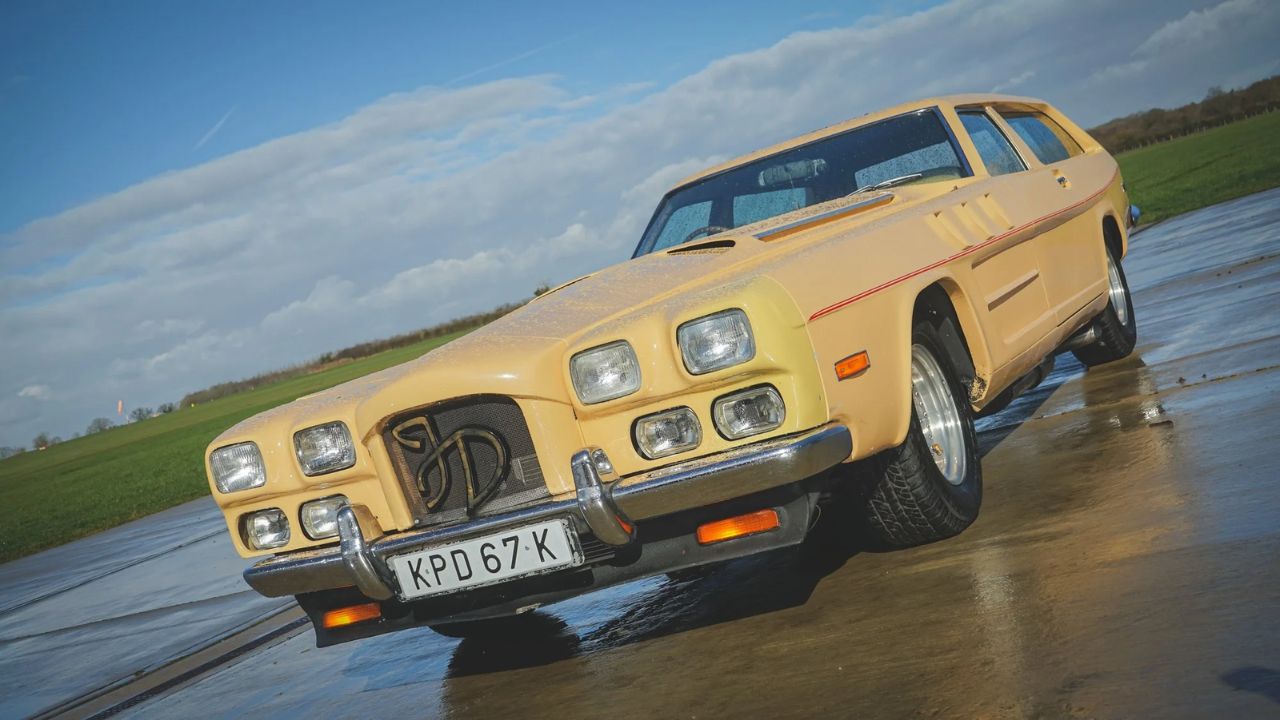
Following John Dodd’s passing, The Beast went up for sale at a UK auction in 2023. It sold for over £70,000—less than its mythical reputation might suggest, but significant considering its one-off nature and backstory.
The buyer acquired more than just a machine—they bought a rolling anecdote, a piece of motoring folklore, and one of the most infamous road-legal customs ever assembled. The Beast wasn’t built for numbers or resale—it was built for spectacle, legacy, and the sheer thrill of saying, “Why not?”
Like what you read? Here’s more by us:
*Created with AI assistance and editor review.

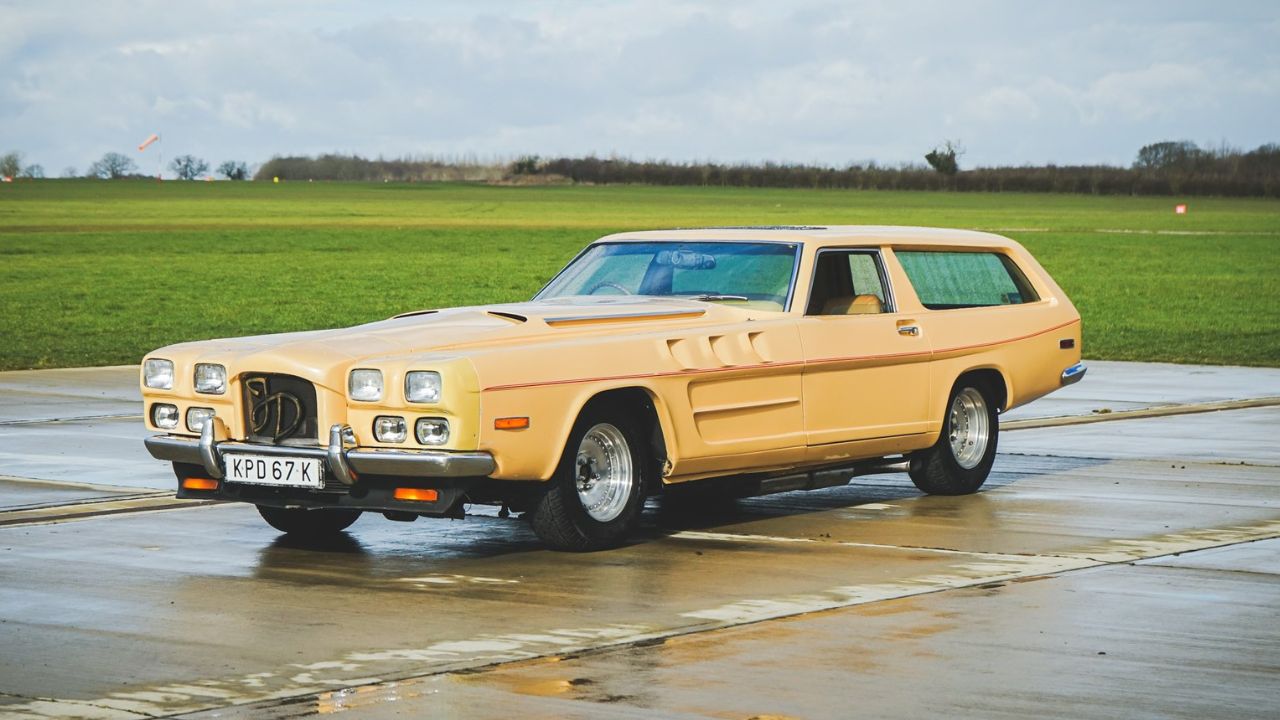
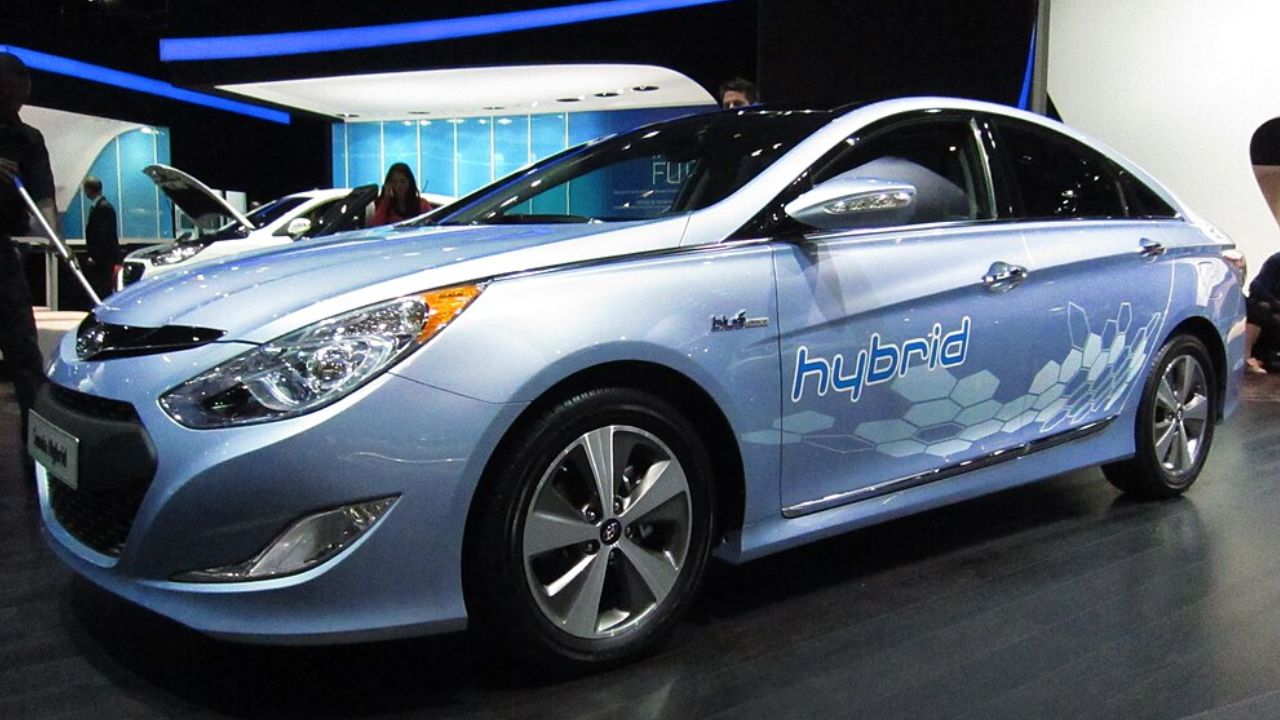
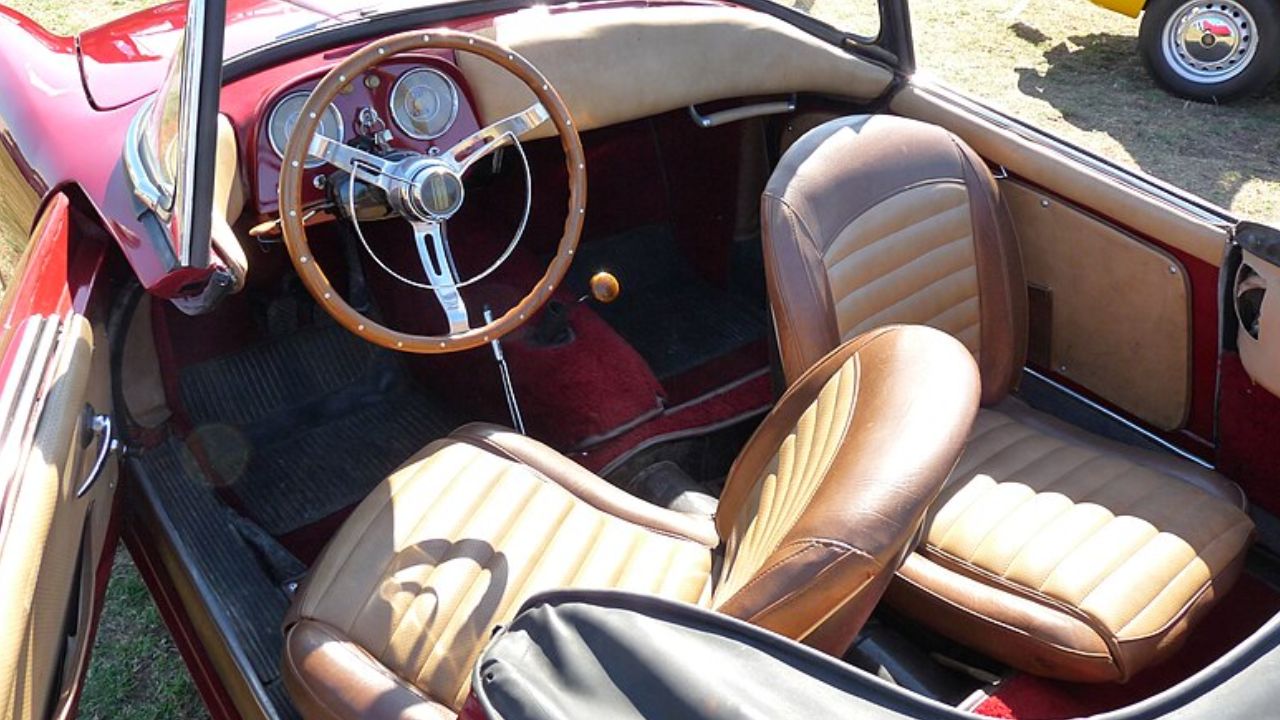
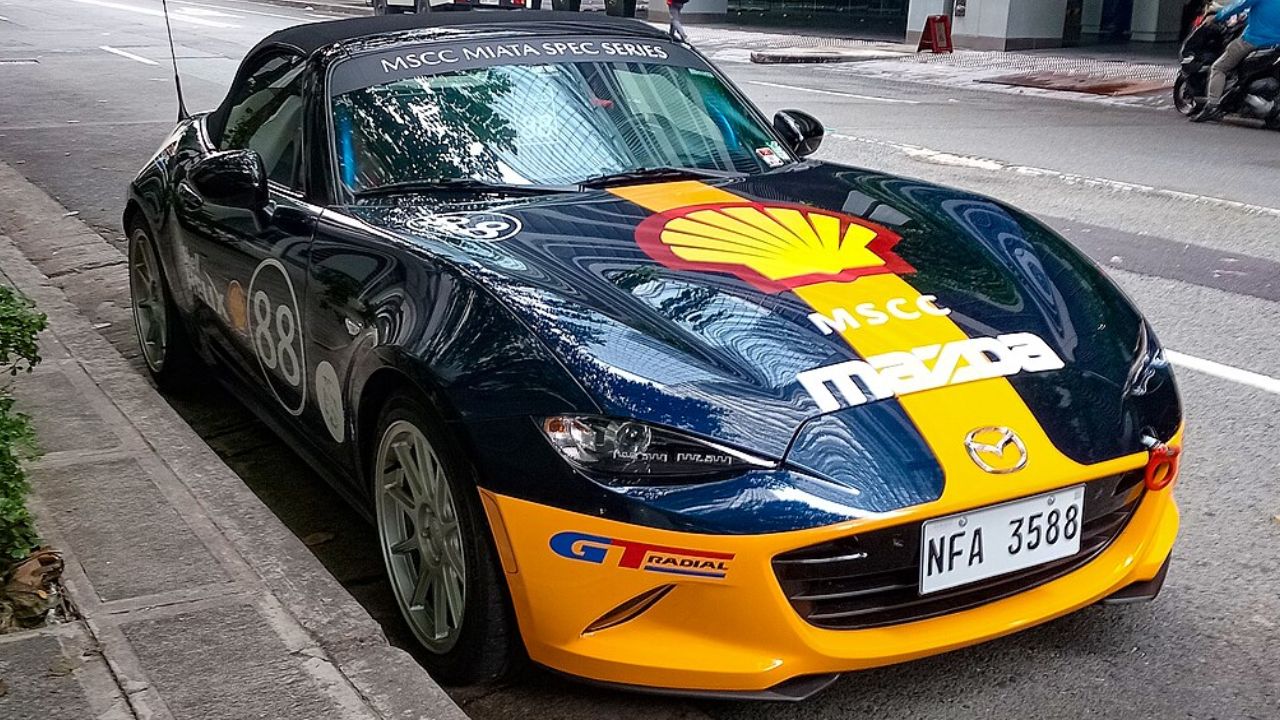
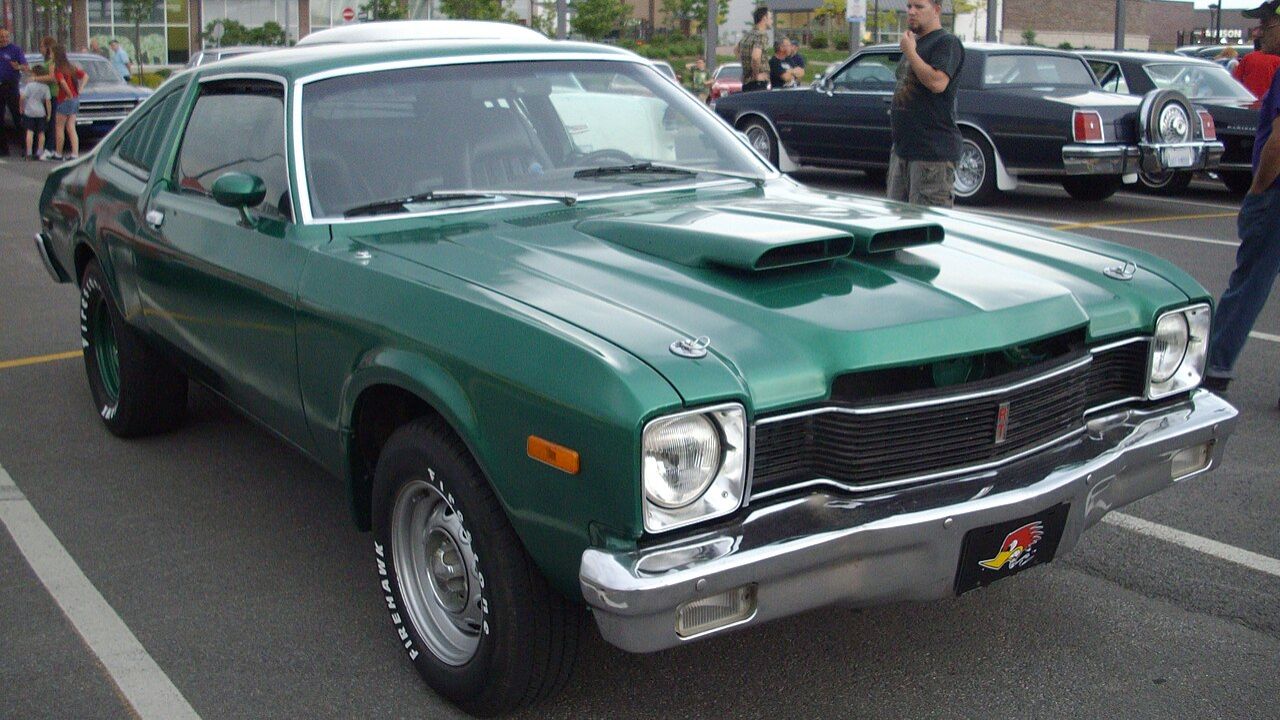
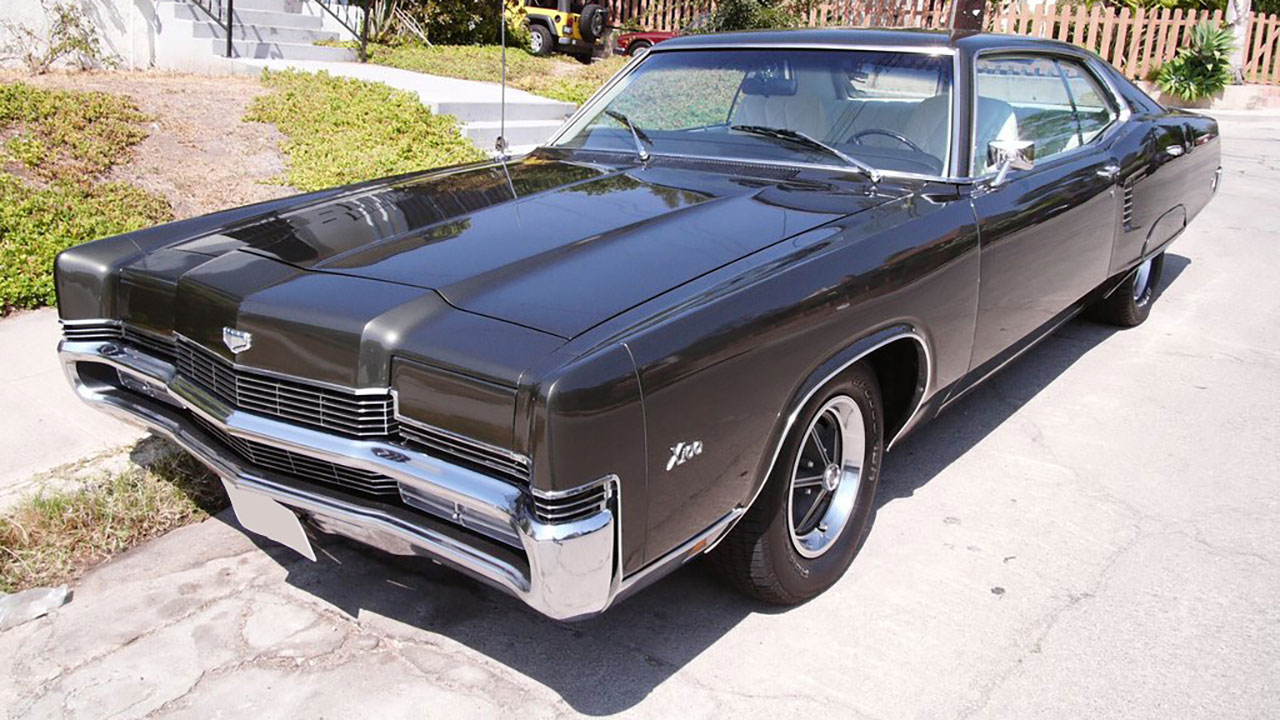
Leave a Reply